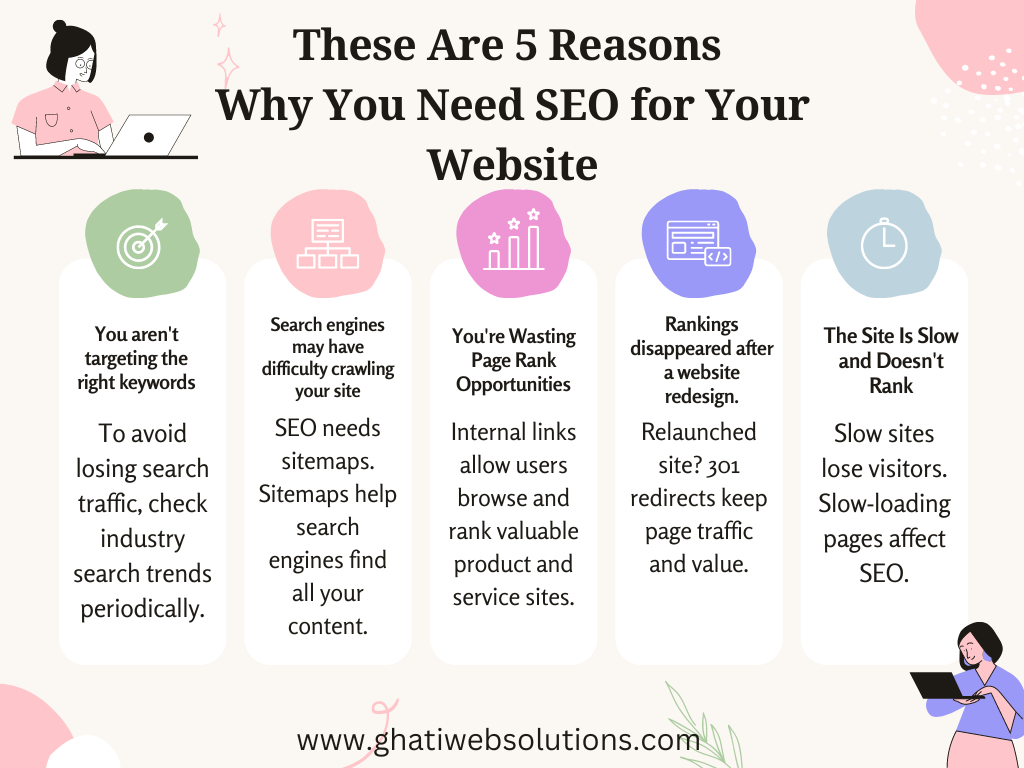The Ultimate Guide to Amazon SEO for Online Sellers
Amazon is one of the largest online marketplaces in the world, with millions of sellers vying for customer attention. As an online seller, it’s essential to optimize your product listings to increase your visibility and sales on the platform. This is where Amazon SEO comes in. By understanding the factors that influence Amazon’s search algorithm and implementing the right optimization strategies, you can improve your product rankings and attract more buyers.
In this Ultimate Guide to Amazon SEO, we’ll cover everything you need to know to master SEO and boost your sales. From keyword research and product listing optimization to managing customer reviews and monitoring your performance, we’ll give you the tools and insights you need to succeed on Amazon. So, whether you’re a seasoned seller or just starting, let’s dive in and explore the world of Amazon SEO together.
Guide to Amazon SEO for Online Sellers
- Conducting thorough keyword research Before you optimize your product listings, you need to identify the right keywords to target. Keyword research involves identifying the search terms that your target audience is using to find products similar to yours. By using tools like Amazon’s auto-suggest feature and third-party keyword research tools, you can find relevant keywords to include in your product titles, bullet points, and descriptions.
- Optimizing product titles, bullet points, and descriptions Once you have identified your target keywords, you need to optimize your product listings accordingly. This includes incorporating your keywords into your product title, bullet points, and product description in a natural and compelling way. However, it’s important to avoid keyword stuffing, which can result in a penalty from Amazon and hurt your rankings.
- Encouraging customer reviews and managing feedback Customer reviews play a crucial role in Amazon’s search algorithm, and products with more positive reviews tend to rank higher. Encourage your customers to leave feedback by following up with them after a purchase and providing excellent customer service. You should also monitor your product reviews and respond to any negative feedback promptly and professionally.
- Monitoring and analyzing your performance To stay competitive on Amazon, you need to monitor your performance regularly. This includes tracking your sales, traffic, and rankings, as well as analyzing your competitors’ strategies. You can use Amazon’s built-in analytics tools or third-party software to gain insights into your performance and make data-driven decisions.
- Staying up-to-date with Amazon’s policies and updates Amazon’s policies and search algorithm are constantly evolving, so it’s important to stay up-to-date with any changes. This includes monitoring Amazon’s announcements and policy updates, as well as keeping an eye on your competitors’ strategies. By staying informed, you can adjust your optimization strategies accordingly and maintain your competitive edge.
- Utilizing high-quality images and videos Images and videos are crucial for showcasing your product and helping customers make purchasing decisions. Amazon allows sellers to upload multiple high-quality images and videos, and utilizing these effectively can help improve your rankings. Make sure your images and videos are clear, well-lit, and show your product from different angles.
- Optimizing for mobile With more than half of Amazon’s traffic coming from mobile devices, it’s important to ensure your product listings are optimized for mobile. This includes using mobile-friendly design elements, such as large and legible fonts, and ensuring your product images and videos display correctly on smaller screens.
- Using Amazon’s advertising options In addition to optimizing your product listings, you can also use Amazon’s advertising options to improve your visibility and sales. This includes sponsored products, sponsored brands, and sponsored display ads. By targeting relevant keywords and audiences, you can increase your click-through rates and conversions.
- Offering competitive pricing and promotions Amazon is known for its competitive pricing and promotions, and offering competitive prices and deals can help improve your sales and rankings. This includes offering discounts, bundle deals, and promotions during holidays and other peak shopping periods.
- Building a strong brand presence Finally, building a strong brand presence on Amazon can help improve your rankings and customer loyalty. This includes creating a unique and memorable brand identity, providing excellent customer service, and utilizing Amazon’s brand registry program to protect your intellectual property.
Frequently Asked Question
Amazon’s search algorithm takes into account various factors, including relevance, sales velocity, customer reviews, pricing, and fulfillment options. By optimizing your product listings to align with these factors, you can improve your rankings and visibility on the platform.
Some key optimization strategies for Amazon SEO include conducting thorough keyword research, optimizing your product titles, bullet points, and descriptions, encouraging customer reviews, monitoring your performance, and staying up-to-date with Amazon’s policies and updates.
Customer reviews play a crucial role in Amazon’s search algorithm, and products with more positive reviews tend to rank higher. Encouraging your customers to leave feedback and responding promptly and professionally to negative reviews can help improve your rankings and increase your sales.
While there are some tools and software available to automate certain aspects of Amazon SEO, such as keyword research and monitoring your performance, it’s important to remember that Amazon’s search algorithm is constantly evolving. To truly master Amazon SEO, it’s important to stay up-to-date with the latest trends and changes and adjust your strategies accordingly.
Amazon provides built-in analytics tools to help you monitor your performance, including sales data, traffic data, and keyword ranking data. You can also use third-party software to gain additional insights into your performance and make data-driven decisions.
The time it takes to see results from Amazon SEO can vary depending on various factors, such as the competitiveness of your niche, the quality of your listings, and the effectiveness of your optimization strategies. In general, it may take several weeks or even months to see significant improvements in your rankings and sales.
Conclusion
In conclusion, optimizing your product listings for Amazon’s search algorithm will help you raise your exposure and sales on the site. Amazon SEO is a critical component of selling on Amazon. You may increase your chances of success on Amazon by completing in-depth keyword research, optimizing your product names, bullet points, and descriptions, encouraging customer reviews, tracking your performance, and remaining informed of Amazon’s policies and modifications. Your Amazon SEO efforts can also be improved by employing premium photos and videos, optimizing for mobile, using Amazon’s advertising possibilities, providing aggressive pricing and promotions, and developing a strong brand presence. While Amazon SEO can be time-consuming and labor-intensive, it is well worth the work for online merchants hoping to be successful on the biggest e-commerce platform in the world.


